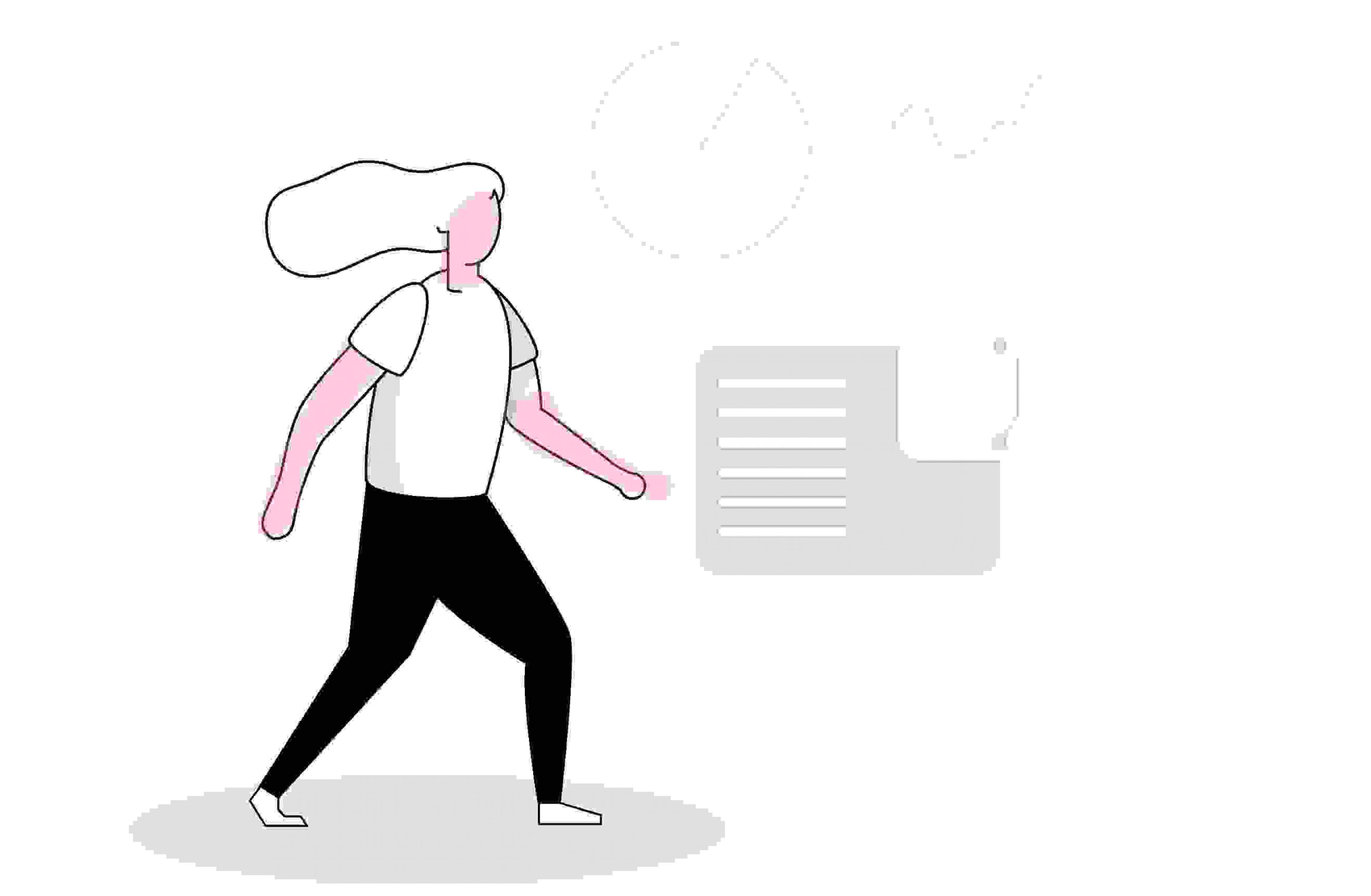How to apply Agile thinking to diverse business problems

Agile thinking is baked into our brains at TXI. We come up with an idea, we test it, and we pursue it or discard it based on the results. Just like with our products, we avoid going too far down one path before we validate that it’s the right one.
Working Agile even when we’re not making software allows us to be more creative and get to solutions quicker — like when we helped Tyson Foods reduce waste with a new snack food. It’s been common in the development and design worlds more or less since it was proposed by a group of developers in 2001. That doesn’t mean it’s common everywhere, though. After all, it was proposed as a response to the way people usually work, dubbed Waterfall, where all the decisions happen at the start of the project and people stick to them even as things change. There are also all the companies that talk Agile teamwork, but don’t live it, and the many debates about what Agile should look like in practice.
We started bringing Agile to other companies mostly as a way of helping them work with us — we even developed and leveraged Agile games to teach it. The more we taught it, the more we realized it could add real value, even transform an organization. You may not be creating software, but the culture of Agile thinking can change the way you approach your work, letting you think smarter, not harder.
What is Agile thinking?
There’s a lot of debate around the tenets of working Agile, but if you look back on the original document, there are four points, described in bold below, that outline what Agile means.
- Individuals and interactions over processes and tools
- An Agile team gives credence to the experience each person brings with them, reducing the amount that specific tools or rules can hinder their ideas.
- Working software over comprehensive documentation
- The goal is to build a thing, not get caught up in weeks of email threads theorizing about the thing. And while this is software-specific, overthinking and over-documenting certainly isn’t.
- Customer collaboration over contract negotiation
- It’s much more valuable to have real-time user feedback than to try meeting a predetermined checklist from a supervisor. When you work in conversation with stakeholders and end-users, you’ll be able to respond as needs change, instead of building something that no one will need by launch.
- Responding to change over following a plan
- Agile is what it means — flexible teams garner better results.
Using Agile teams can help avoid the dreaded siloing when different teams work without communication or collaboration (leading to redundant effort and frustration). Agile thinking lets you build a team based on the varied strengths you need and have, then let them play out toward a shared goal.
How a top-down company adapts to Agile work
To see the value of adopting Agile, edtech company Participate is a great example.
Originally a professional development company for teachers, Participate acquired a tool-sharing and communications platform for teachers — basically turning it into a software company overnight. And yet the culture in place didn’t promote easy communication, and any new product advances had to go through a bureaucratic maze to top leadership and back again.
Learn more about how we helped Participate go Agile — and the double-digit results — in our case study
To get the process moving fast enough to keep up with teachers’ needs, we needed Agile principles in place. What started with an Agile training effort on the development team quickly turned into a shift in how the whole company created solutions. Participate became more nimble, and that flexibility quickly showed results, driving a 40 percent increase in active users.
How you can use Agile thinking in your workplace
Most people have worked in at least one office where good ideas die in the face of bad processes. Momentum grinds to a halt amid emails, meetings and a long list of stakeholders — few of which are end users. At Participate, a great team couldn’t do its best work just because an ideally efficient framework to communicate and make decisions wasn’t there.
The shift toward Agile thinking can increase your team’s productivity and turnaround time. At its core, it’s a framework — replace the word “software” in the manifesto with whatever your business makes, and the sentiment remains the same. By introducing a more flexible process for brainstorming, developing and testing ideas, your team will get to better solutions, faster.
If you need help bringing Agile thinking to your organization, reach out!
Published by Patrick Turley in agile

Let's shape your insights into experience-led data products together.


